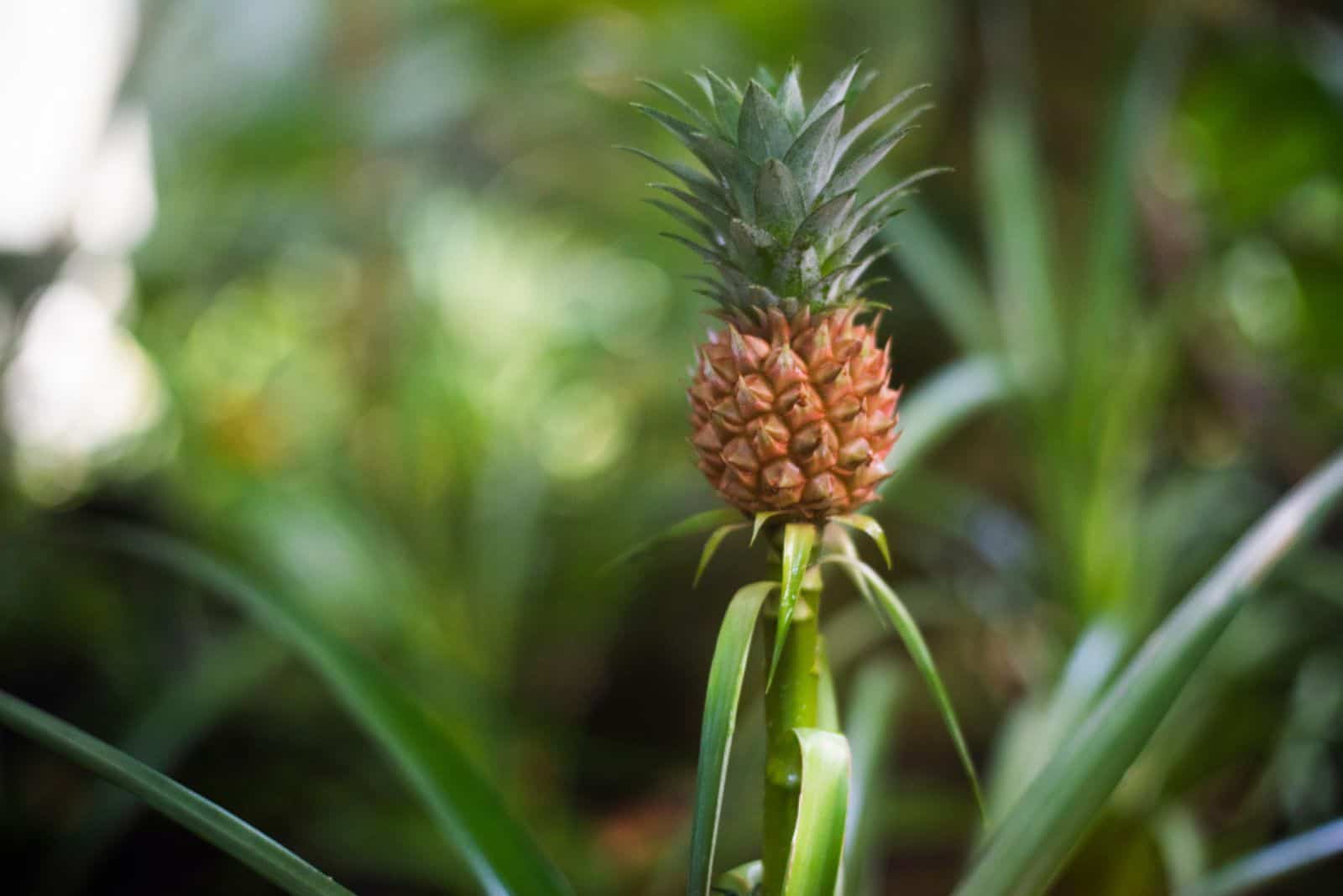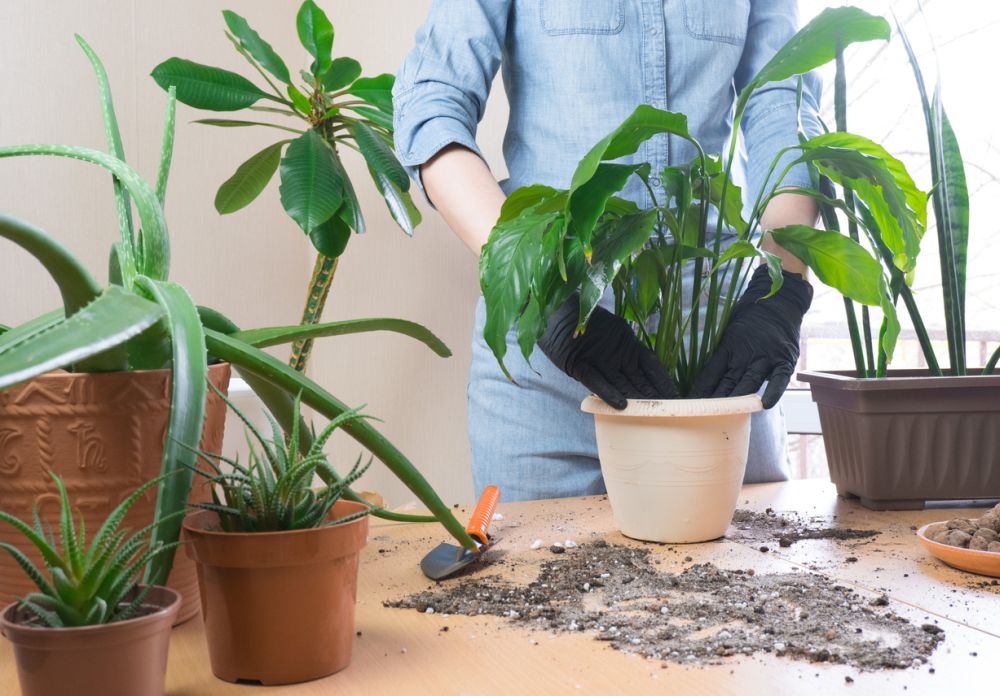Why Repotting is Essential for Pineapple Plant Growth
Repotting a pineapple plant is a crucial step in its growth and development. Over time, the soil in the pot can become depleted of essential nutrients, leading to stunted growth and reduced fruit production. By learning how to repot a pineapple plant, you can provide it with a fresh supply of nutrients, allowing it to thrive and produce more fruit. In fact, repotting can increase root growth by up to 50%, leading to a stronger and healthier plant. Additionally, repotting gives you the opportunity to inspect the roots and prune any dead or damaged roots, further promoting healthy growth. A well-repotted pineapple plant will not only produce more fruit but also become more resilient to diseases and pests. By understanding the importance of repotting, you can give your pineapple plant the best chance of success and enjoy a bountiful harvest of delicious pineapples.
Choosing the Right Pot and Soil for Your Pineapple Plant
When it comes to repotting a pineapple plant, selecting the right pot and soil is crucial for its growth and development. A well-draining pot with good aeration is essential to prevent waterlogged soil, which can lead to root rot. Look for pots with drainage holes in the bottom to ensure excess water can escape. In terms of soil, a mix specifically designed for tropical plants like pineapple is ideal. This type of soil will contain the necessary nutrients and pH balance to support healthy growth. Additionally, consider a soil mix that is well-draining and has a high organic matter content to retain moisture and nutrients. By choosing the right pot and soil, you’ll be giving your pineapple plant the best chance to thrive and produce delicious fruit. Remember, learning how to repot a pineapple plant is a process that requires attention to detail, and selecting the right pot and soil is a critical step in this process.
Preparing Your Pineapple Plant for Repotting
Before diving into the repotting process, it’s essential to prepare your pineapple plant to ensure a successful transition. Start by pruning the roots to encourage new growth and prevent the plant from becoming pot-bound. Use a pair of clean, sharp scissors or pruning shears to gently trim away any dead or damaged roots. Next, carefully remove the old soil from the roots, taking care not to damage the delicate root system. This will give you a clear view of the roots and allow you to inspect for any signs of pests or diseases. Inspect the roots and stems for any signs of infestation or infection, and treat accordingly. By taking the time to prepare your pineapple plant, you’ll be setting it up for success and ensuring a smooth transition to its new pot and soil. Remember, learning how to repot a pineapple plant requires patience and attention to detail, and proper preparation is key to achieving optimal results.
The Repotting Process: A Step-by-Step Guide
Now that you’ve prepared your pineapple plant and selected the right pot and soil, it’s time to repot. Start by gently removing the plant from its old pot, taking care not to damage the roots or disturb the soil. If the plant is stuck, gently rock it back and forth to loosen the soil. Once removed, inspect the roots and trim away any dead or damaged roots to prevent the spread of disease. Next, place a layer of fresh soil in the new pot, leaving enough room for the plant’s roots to spread out. Gently place the plant in the pot, making sure the soil level is the same as it was in the old pot. Add more fresh soil around the roots, gently firming it in place as you go. Finally, water the plant thoroughly to settle the soil and provide enough moisture to support establishment. By following these steps, you’ll be able to successfully repot your pineapple plant and give it the fresh start it needs to thrive. Remember, learning how to repot a pineapple plant is a process that requires patience and attention to detail, and by following these steps, you’ll be well on your way to growing a healthy and productive pineapple plant.
Common Mistakes to Avoid When Repotting a Pineapple Plant
While repotting a pineapple plant can be a straightforward process, there are some common mistakes to avoid to ensure a successful transition. One of the most critical mistakes is over-handling the roots, which can cause damage and lead to root rot. When handling the roots, be gentle and avoid touching or manipulating them excessively. Another common mistake is using too much water, which can cause the roots to rot and the plant to become waterlogged. Instead, water the plant thoroughly after repotting and then reduce watering to once a week. Neglecting to provide adequate light is also a common mistake, as pineapple plants require bright, indirect light to thrive. Make sure to place the plant in a spot that receives plenty of natural light, but avoid direct sunlight, which can cause scorching. By avoiding these common mistakes, you’ll be able to successfully repot your pineapple plant and give it the fresh start it needs to thrive. Remember, learning how to repot a pineapple plant requires attention to detail and a understanding of the plant’s needs, and by following these tips, you’ll be well on your way to growing a healthy and productive pineapple plant.
Aftercare and Maintenance: Ensuring Your Pineapple Plant Thrives
After repotting your pineapple plant, it’s essential to provide the right care and maintenance to ensure it thrives. One of the most critical aspects of aftercare is watering. Water your pineapple plant once a week, making sure the soil is moist but not waterlogged. Overwatering can lead to root rot, so it’s essential to strike the right balance. Fertilizing is also crucial, as pineapple plants require a balanced diet of nutrients to produce healthy fruit. Use a balanced fertilizer (20-20-20) and apply it once a month during the growing season. Pruning is another essential aspect of aftercare, as it helps to promote healthy growth and fruit production. Remove any dead or damaged leaves, and trim back the plant to encourage bushy growth. By following these aftercare and maintenance tips, you’ll be able to provide your pineapple plant with the care it needs to thrive. Remember, learning how to repot a pineapple plant is just the first step – providing the right care and maintenance is crucial to ensuring a healthy and productive plant.
Troubleshooting Common Issues with Repotted Pineapple Plants
After repotting your pineapple plant, you may encounter some common issues that can affect its health and productivity. One of the most common problems is root rot, which can occur if the soil is too wet or if the plant is overwatered. To prevent root rot, make sure to provide good drainage and avoid overwatering. If you notice any signs of root rot, such as soft or mushy roots, remove the affected roots and treat the plant with a fungicide. Another common issue is leaf drop, which can occur if the plant is not receiving enough light or if it is exposed to extreme temperatures. To prevent leaf drop, make sure to provide your pineapple plant with bright, indirect light and maintain a consistent temperature between 65-95°F (18-35°C). Pest infestations, such as mealybugs or spider mites, can also affect repotted pineapple plants. To prevent pest infestations, inspect your plant regularly and treat any infestations promptly with insecticidal soap or neem oil. By being aware of these common issues and taking steps to prevent them, you can ensure your pineapple plant thrives after repotting. Remember, learning how to repot a pineapple plant is just the first step – troubleshooting common issues is crucial to ensuring a healthy and productive plant.
Conclusion: Giving Your Pineapple Plant a Fresh Start
By following the steps outlined in this guide, you can give your pineapple plant a fresh start and set it on the path to healthy growth and fruit production. Remember, learning how to repot a pineapple plant is a crucial step in maintaining its health and productivity. With the right pot, soil, and care, your pineapple plant can thrive and provide you with delicious fruit for years to come. Don’t be discouraged if you encounter any setbacks or issues along the way – with patience and practice, you can overcome any obstacles and enjoy the many benefits of growing a pineapple plant. So why wait? Take the first step today and learn how to repot a pineapple plant to give it the fresh start it deserves. With the right care and attention, your pineapple plant can flourish and bring joy and freshness to your home.






